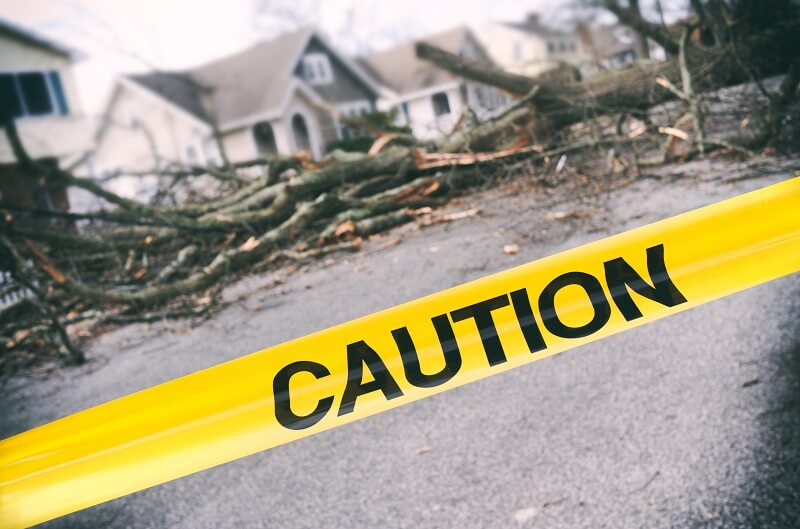Real Estate Investments: Preparing, Weathering & Recovering From Storms

How do you prepare and protect real estate investments, get through, and recover from major storms as an investor?
The recent string of powerful nor’easters, and an active hurricane season last year should have real estate investors alert to the risks, and looking for the smartest moves to make. The 2018 Atlantic Hurricane Season is coming up fast too. Current forecasts are for an above average active hurricane season with 15 named storms, 7 hurricanes and 3 major hurricanes. Even aside from hurricanes, property owners around the world can face tornadoes, wildfires, snow storms, floods, and earthquakes. The odds of any individual property being impacted or destroyed may be very small, but without a plan and preparation it can be financially devastating. Those that are ready can skillfully navigate these threats. What can you do to be ready and ahead of the weather and natural disasters?
Preparing & Protecting
Effectively preparing and protecting your real estate assets and income relies on knowing the potential risks. That starts with knowing the types of disaster risks in the areas you are investing in. Is it prone to sinkholes, fires, tsunamis, or hurricanes?
Then know what the basic protocols and standards are for for protecting your real estate investments. For example; hurricane shutters, building code requirements, etc.
Insurance is an obvious part of this process. Know what types of insurance you need to be fully covered.
This may include:
- Basic homeowners insurance
- Landlord’s insurance
- Windstorm insurance
- Flood insurance
- Umbrella and business insurance policies
Even when it isn’t mandatory, some types of insurance are smart. In Hurricane Harvey many, many property owners didn’t have flood insurance, but were heavily impacted. Make sure you regularly update coverage so that you are paying the optimal premiums for the best coverage.
Weathering the Storms
What really makes all the difference in how real estate investors weather storms and other risks is how well they have planned. You need and actual plan. Otherwise you are going to be too slow, and too unorganized to handle events like these well.
You need to know what do:
- Before the storm
- During the storm
- After the storm
This includes:
- Steps to take to secure property ahead of a storm
- Knowing who will do what (i.e. put up shutters and clear debris)
- Having a system to protect data
- Knowing where you will go during the storm
- Having reliable and alternative lines of communication to keep things going
- Delegating who will do what, when, right after the storm
- Having experts on call to help fix, rebuild, and recoup losses
- Knowing how you will handle tenant relations
- What you will do to keep income coming in
Recovering from the Storms
The biggest risk to real estate investors from storms like this is actually cash flow. Cash flow interruptions and shortages. They can prevent ability to make critical repairs, continue essential real estate marketing efforts, and so on. Closings may be delayed, and tenants may stall on rents. Insurance can take a while to pay off.
Having some capital reserves can help a lot. As can insurance to cover income gaps, and lines of credit. Having a dedicated team, and good relationships with renters and vendors and creditors can all make a massive difference too.
It’s vital you keep cash coming in.
Alternative Income Strategies
Fortunately, there are smart strategies, alternatives and opportunities which can help investors avoid the impact of storms and skillfully navigate in their wake.
Including:
- Wholesaling real estate for quick cash
- Fixing and flipping other storm damaged properties
- Maintaining a geographically diverse income property portfolio
- Using the opportunity to soak up market share from competitors and scale business
Summary
Storms can be scary and devastating. Most often they are just interruptions in business. These risks can be squashed and skillfully navigated with proper preparation, a solid plan, and a little strategy for keeping cash flow strong no matter what the weather throws at you.